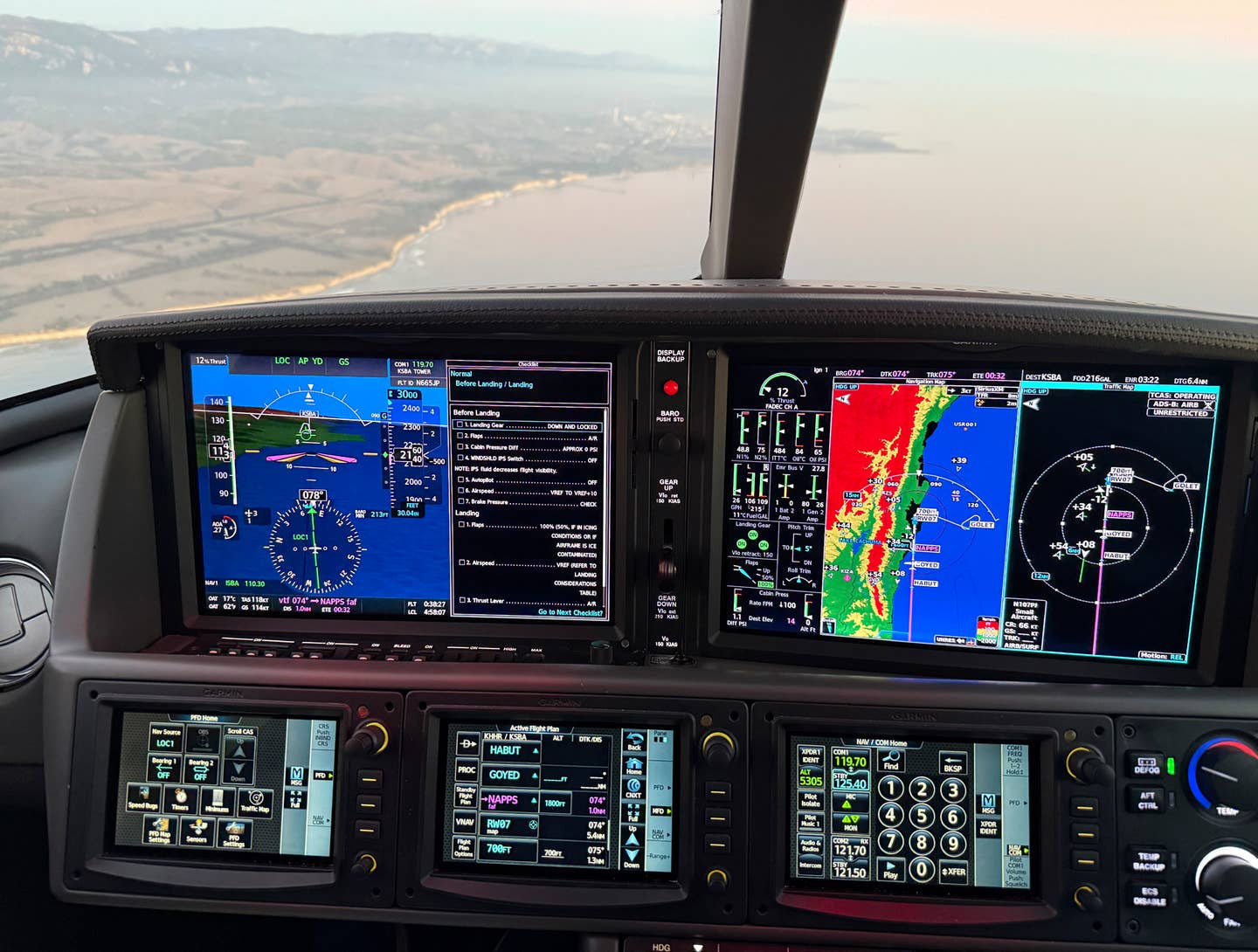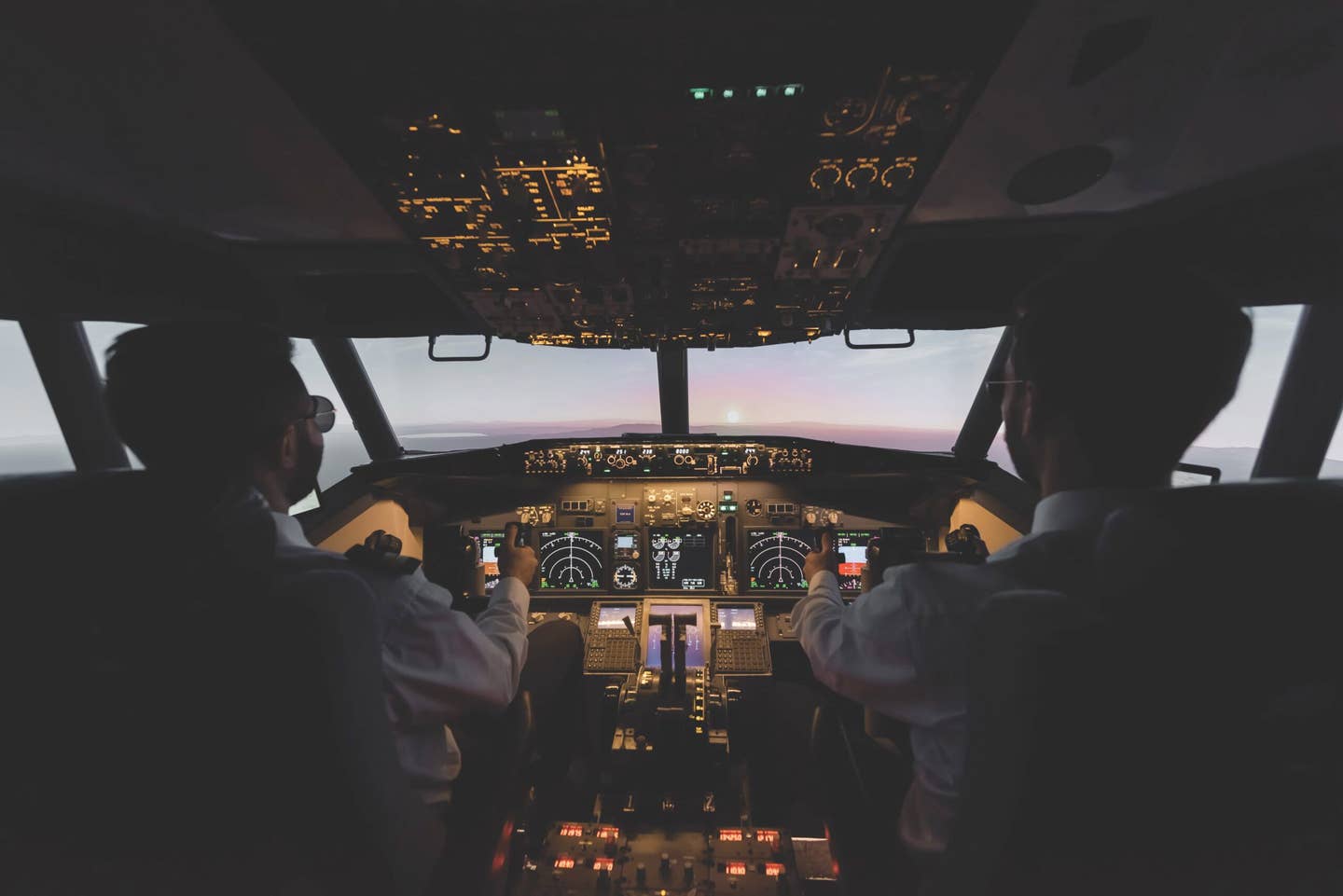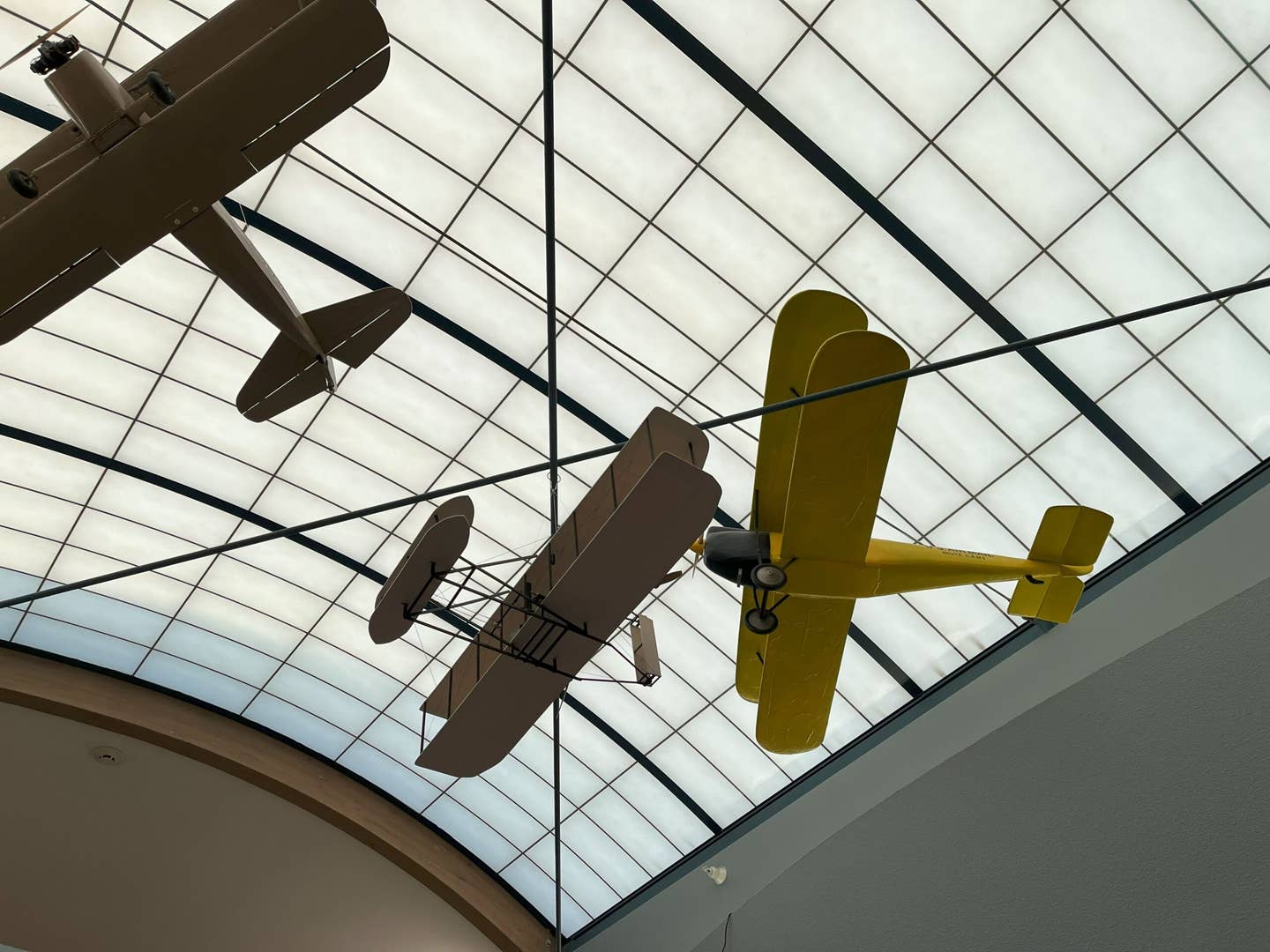
December 2010 — It starts out as a typical flight. You complete your preflight planning and load the airplane. The engine starts quickly and everything is normal during the run-up, so you taxi onto the runway, add full power and then smoothly lift off for another enjoyable flight. Then, just as you are thinking ahead to the departure sequence, there is sudden, unexpected, shocking silence. It takes many precious seconds for your brain to recognize and comprehend what has happened, consider the options and then decide on a course of action. The problem is that you don't have that much time.
Like others, I had been disturbed by the number of stall/spin accidents following a loss of power shortly after takeoff, but until I started writing this article, I had never put myself in the seat of a pilot experiencing a sudden loss of power on departure to truly understand the precarious situation that pilot would be in. The airplane is flying in a nose-high climb attitude not far above stall speed, so the airspeed bleeds off rapidly as the airplane stops climbing and then quickly begins to sink toward the ground. The combination of shock and fear can produce an overwhelming desire to pull back on the control wheel to stop the descent. With right rudder likely still being held to compensate for the no-longer-present torque and P-factor, all the requirements are present for a stall/spin accident. Without the proper response, it will be over in a matter of seconds.
What is required almost immediately after the engine fails while in the initial climb, let's say between 50 feet and wherever you reduce the pitch attitude to cruise climb, is a surprisingly forceful push forward on the controls to an even more surprisingly nose-low attitude in order to keep the airplane flying. In an airplane with high drag, such as a biplane, you may need to push hard enough to feel light in the seat. Even in a low-drag, streamlined airplane, the push required will be close to that. At altitude a push like this would feel very strange, but would not be that scary or difficult to accomplish. However, following an engine failure on takeoff, you are not at altitude; you are only a few hundred feet above the ground. You would have to overcome every cell in your brain screaming at you to hold the wheel back to stop the descent. Many pilots have given in to that desperate plea, resulting in an almost immediate stall/spin following the engine failure.
So now let's say you actually managed to do the big push. The nose is very low but the airplane is still flying with at least a small margin above stall speed. If you were really low when the engine failed (up to about 300 feet), there is no question about what comes next. The airplane is descending rapidly and the ground is coming up equally fast, so the only option available is a slight turn if necessary to avoid any serious objects directly ahead of you, followed by a pull just before hitting the ground to flare or at least try to cushion the force of the impact. While the landing gear may be damaged or even collapse, the odds are that you and your passengers will have few if any injuries.
The problem comes when you have made it past 300 feet before the engine fails. Assuming you manage to avoid an immediate stall by getting the nose down quickly, you would typically start hearing the siren call of the runway you just took off from. It seems so close! Perhaps you can still see a bit of the runway or the airport beneath you. Rather than a crash landing off the airport, wouldn't it be better to make a quick turn back to the runway? Even if you don't make it all the way around the turn, you would at least be landing on the relatively flat surface of the airport. Why not at least give it a try?
The fact that many pilots even consider turning back to the airport shows that most pilots, like myself, have never researched the maneuver and carefully considered what the options really are. They don't call it "the impossible turn" for nothing. The problem is that the phrase "impossible turn" is really a misnomer. Pilots have in fact had an engine failure in the 300- to 600-foot zone and managed to turn back to the airport successfully. Under the Air Safety Institute tab at aopa.org, the AOPA Air Safety Foundation even has a Real Pilot Stories video, "The Impossible Turn," made by a pilot who experienced just such an event shortly after installing a video camera in his airplane. The pilot wisely advises other pilots that they not try this maneuver in their own airplane, and yet the evidence is clear — he made it back onto the runway without any damage and even managed to turn off onto the taxiway at the end of the runway. He just cleared the trees, barely managed to line up with the runway and landed just short of the other end of the runway, but he did make it.
Let's analyze what you would have to do to accomplish such a feat. Having completed the "big push," you are now in a nose-low attitude not far above stall speed descending at about 1,000 feet per minute. Doing the math, even from 500 feet you would have only about 30 seconds to make the turn. Based on many briefings about keeping bank angle shallow at low speeds, many pilots make a fairly shallow turn, probably 30 degrees maximum, to reduce the chance of a stall in the turn. Figuring about twice standard rate at that bank angle, it would take around 30 seconds to complete the 180-degree turn. Sounds like maybe you just could make it, except there is one small problem. Depending on wind direction and speed, you are now more than a half-mile to the side of the runway heading downwind. You would have to turn another 30 degrees toward the runway and require anywhere up to another minute to reach it.
Because of the time and angles problem, the only way to have any chance to make the turn back starting below 500 feet is to bank very steeply — around 45 degrees. At that angle of bank, the turn takes only about 15 seconds, and the offset from the runway requires only around 10 degrees more turn to get back to the runway. To keep the airplane from stalling, the nose has to be kept even lower, so what we are talking about is a steep turn just above the ground in a rapid descent of more than 1,000 fpm. This would be a difficult maneuver even for a pilot who has experience flying near the ground. For most pilots, seeing nothing but the earth rotating only a few hundred feet in front of the windshield while the stall warning is blaring would be terrifying. Few would have the willpower to avoid pulling back on the wheel, but to do so leads to an immediate accelerated stall.
There are many other negative factors that I have not even mentioned:
• Four seconds is the minimum time to respond for a pilot not anticipating an engine failure. In real-life scenarios, pilots have been observed to take 10 seconds or longer before starting a turn.
• It will likely be a downwind turn, followed by a downwind landing.
• There may be an airplane already taking off behind you.
Since it is obvious the odds of successfully completing this maneuver are very slim, it is important to consider the stakes we are playing for. For the few pilots who do manage to complete the turn and land on the runway, typically there is little or no damage to the airplane or its occupants. On the other hand, most of the people in the airplanes that did not complete the turn were seriously injured or killed, so you are literally betting your life against the value of your airplane that you will be able to complete the turn in time without stalling. With those kinds of odds and that kind of penalty, it's just not worth it.
This maneuver is so dangerous that there have been many fatalities involving pilots and even instructors with students practicing turning back to the runway, typically from 500 feet. If you want to try it out to see how you would do, climb to at least 3,000 feet above the ground along a highway and then start a climb at best rate or best angle. If you want to see what would happen at 500 feet above the ground, as you climb through 3,500 feet quickly close the throttle. To make it realistic, slowly count to five before taking any action, then dump the nose, wrap the airplane into a steep 180-degree turn and finally do whatever is necessary to get lined back up with the highway. You may be shocked at how much altitude you have lost. Now add 25 percent to that loss to allow for longer recognition time and an engine without the advantage of idle thrust, and you will begin to have an idea of how challenging it is to complete this maneuver successfully starting at 500 feet agl.
A few hundred feet off the ground is no place for a mental debate about whether to turn around or not, so it is best to decide right now what your turn-back "floor" will be. Many pilots who have studied this issue have picked 1,000 feet. The minimum probably should be at least 800 feet for a straight-out departure, or whenever you start your turn to the crosswind leg if you are staying in the pattern.
Before every takeoff, prepare yourself for a possible engine failure with a short briefing stating out loud what you will do if the engine fails on the runway, below your minimum turnaround altitude and above that altitude. Then make a quick callout as you climb through your minimum turnaround altitude. That way, if the engine fails on takeoff, your decision is easy. If you haven't made the minimum altitude call, you don't even consider turning around. Just get the nose down, keep the airplane flying, and look within about a 60-degree arc for the best place to set the airplane down. The bad news is that someone will almost certainly have to call your insurance company. The good news is that you will almost certainly be able to make the call yourself.

Sign-up for newsletters & special offers!
Get the latest FLYING stories & special offers delivered directly to your inbox






